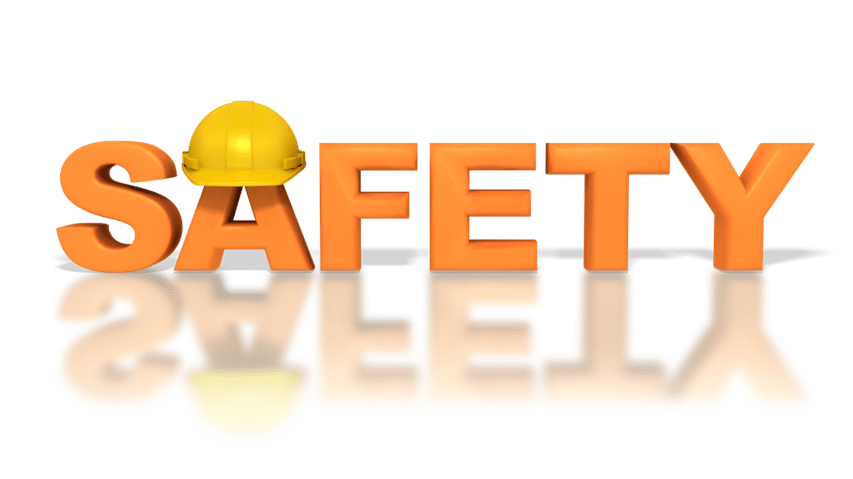Why it’s essential to carry your HSE training outside of the workplace
We’ve said it before – training doesn’t stop at the boundary wall of where you work. Safety is an attitude, a way of life. This means that how you observe safety is constant, and just as important when you are at home prepping dinner for your family, or travelling on the road, as it is when you are, say, operating a forklift machine on the factory floor. Apart from anything else, constant and consistent observance means you’ll get into the habit of practising safety, and eventually it’ll be second nature, and not something you have to consciously work at.
It’s all part of work–life balance
For organisations that are safety ‘higher performers’, it is a natural progression for the challenge to become focused on how to extend your health and safety systems and culture, to help your employees to remain safe when they are outside the workplace. This is because it is an important contribution to an employee’s holistic wellbeing. Think about it – if an employee is a terrible driver who keeps rear-ending people when he’s on the road, at some point the potential injuries and costs attached to these incidents will spill over into his work life (for example, time he may need to take off to recover).
Did you know?Employees suffer three to four times more accidents during their leisure time and this is a significant cause of absence from work and long-term invalidity. |
So what are the typical health and safety practices that can be carried from the workplace to all areas of life?
Rule #1: Understand the risks
Once you know the particular hazards of a situation or location, you can take proactive steps to reduce your risk of injury or illness. Essentially, being informed about all possible risks makes you more informed about the precautions you’ll need to take.
Rule #2: Reduce stress
Stress can lead to depression, sleeping difficulties and problems with concentration. Regular exercise, consciously identifying and resolving issues, and reconnecting with what you love will all help reduce unnecessary stress in your day-to-day life.
Rule #3: Take regular breaks
Staying fresh and alert will help you avoid injury or burnout. Schedule the most difficult tasks of each day for times when your concentration is best, such as first thing in the morning. Take ‘time outs’, even if this just means taking a short walk.
Rule #4: Avoid stooping or twisting
Use ergonomically designed furniture and equipment, and rearrange areas where you spend a lot of time so that everything you need is within easy reach. Use furniture and equipment that will give you optimal comfort.
Rule #5: Use mechanical aids whenever possible
Also remember to ask for help from your colleagues and family or friends.
Rule #6: Protect your back
If you do need to pick up and carry heavy loads, keep the load close to your body and lift with your thigh muscles. This means bending at the knees, lifting the load in question and using your thighs to return to standing, rather than placing all the weight in your arms and back.
Rule #7: Wear protective equipment that suits the task
It seems a no brainer, but if you wear protective gear, you can dramatically reduce your risk of injury.
Rule #8: Stay sober
Alcohol and drugs are a contributing factor in fatalities, so under no circumstances should you indulge in either to the point where you endanger yourself or those around you.
Rule #9: Talk over any concerns
You need to discuss any hazards and risks you have noticed, whether it is with your family at home, with your manager and HR department in your workplace, or the municipality if you’ve noticed dangers on the road.
Rule #10: Know your rights
Every South African has the right to a safe life, so know what you are entitled to do to achieve this.
Other posts you might enjoy
[INFOGRAPHIC] Is your workplace up to scratch?
What's wrong with this picture? Spot the safety violation
Getting back to health and safety basics
13 hidden safety hazards in the workplace
46 things a health and safety professional would NEVER have in their home
Sources:
http://www.rospa.com/occupational-safety/our-projects/24-7/
https://www.betterhealth.vic.gov.au/health/tentips/10-tips-for-work-safety





